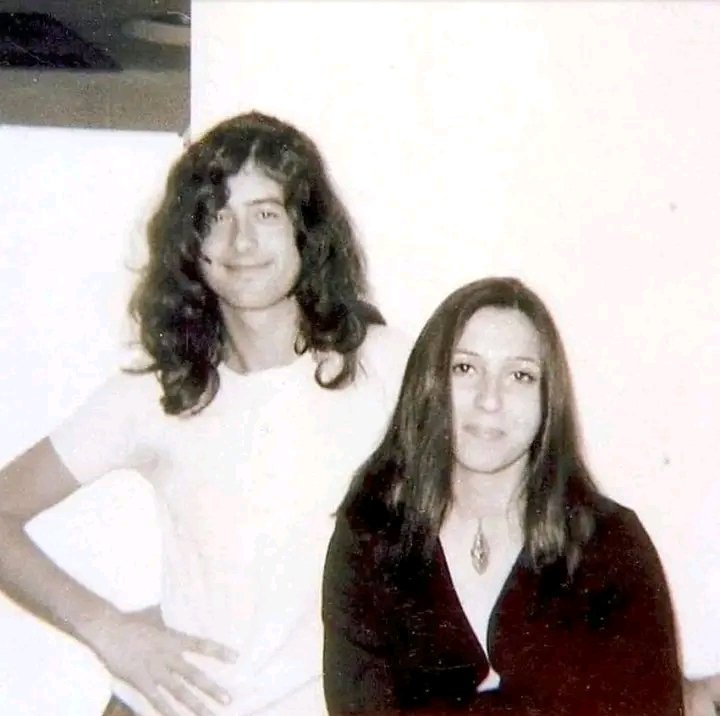Echoes in the Meadows: The Rumored 1969 Encounter Between Jimmy Page and Denise Kelly at Flushing Meadows Park During Led Zeppelin’s Meteoric Rise in America
In the kaleidoscopic summer of 1969, when rock music was reshaping global culture and Led Zeppelin was catapulting into superstardom, whispers began circulating about a mysterious encounter at Flushing Meadows Park in Queens, New York. At the heart of the rumor was Jimmy Page, the enigmatic guitarist whose haunting riffs were electrifying a generation. According to anecdotal accounts—never officially confirmed but fondly passed down among fans and enthusiasts—Page may have spent a late-summer afternoon at the iconic park, accompanied by a woman known only as Denise Kelly.
While historical documentation of the event remains elusive, the timing aligns intriguingly with Led Zeppelin’s intense U.S. touring schedule. By August 1969, the band had already shattered expectations with their self-titled debut album and were touring relentlessly across North America, building a fervent fan base. Flushing Meadows Park, with its remnants of the 1964 World’s Fair and its youthful, rebellious energy, was emblematic of the counterculture moment—a place where music, art, and spontaneous gatherings were commonplace.
The name Denise Kelly surfaces sparsely in rock circles, usually tied to anecdotes rather than hard fact, adding an element of mystique to the story. Some believe she was part of a circle of artists and muses that revolved around the rising stars of the late ’60s, while others suggest she was a fleeting acquaintance or even a pseudonym used to protect privacy. Her presence at Flushing Meadows alongside Page, if true, would represent the kind of quiet interlude rarely captured amid the chaotic blur of Led Zeppelin’s early fame.
Such tales, whether true, embellished, or entirely mythic, are part of what deepens the allure of classic rock legends. They speak to the spontaneity and magic of a time when icons walked unrecognized in public parks, when fame was still fresh, and when the line between myth and memory was delightfully blurred. The rumored day at Flushing Meadows, like so many footnotes in rock history, remains an evocative mystery—unverified, but never entirely dismissed. In the absence of evidence, the imagination of fans does what rock music has always encouraged: it keeps the legend alive.
